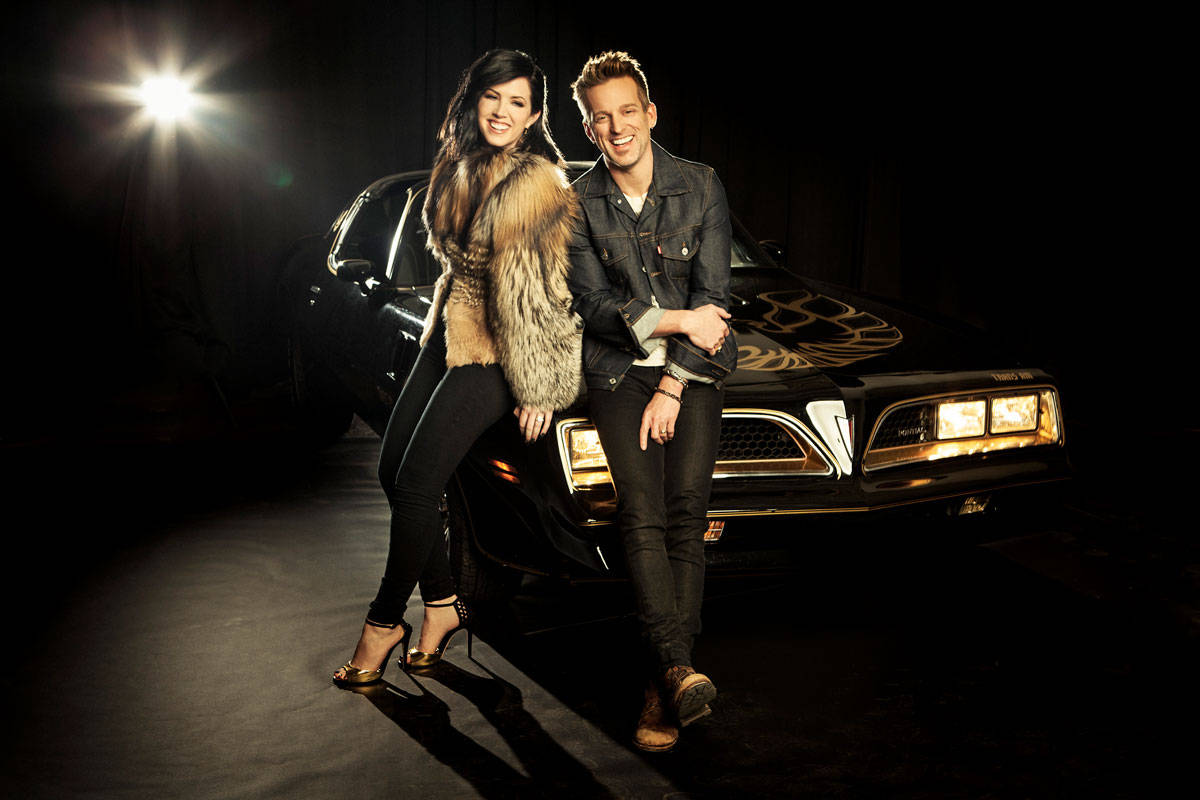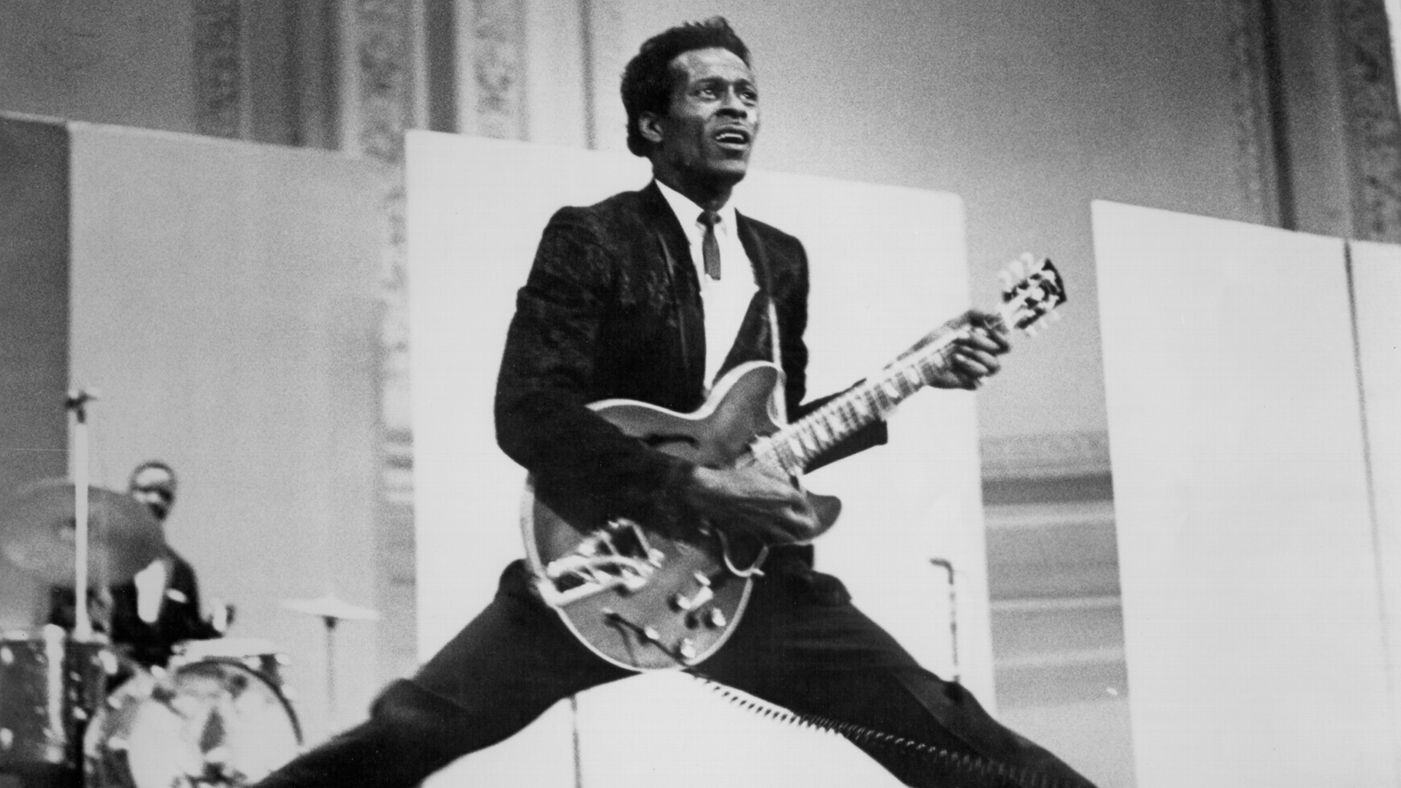Lexus has designs on the future
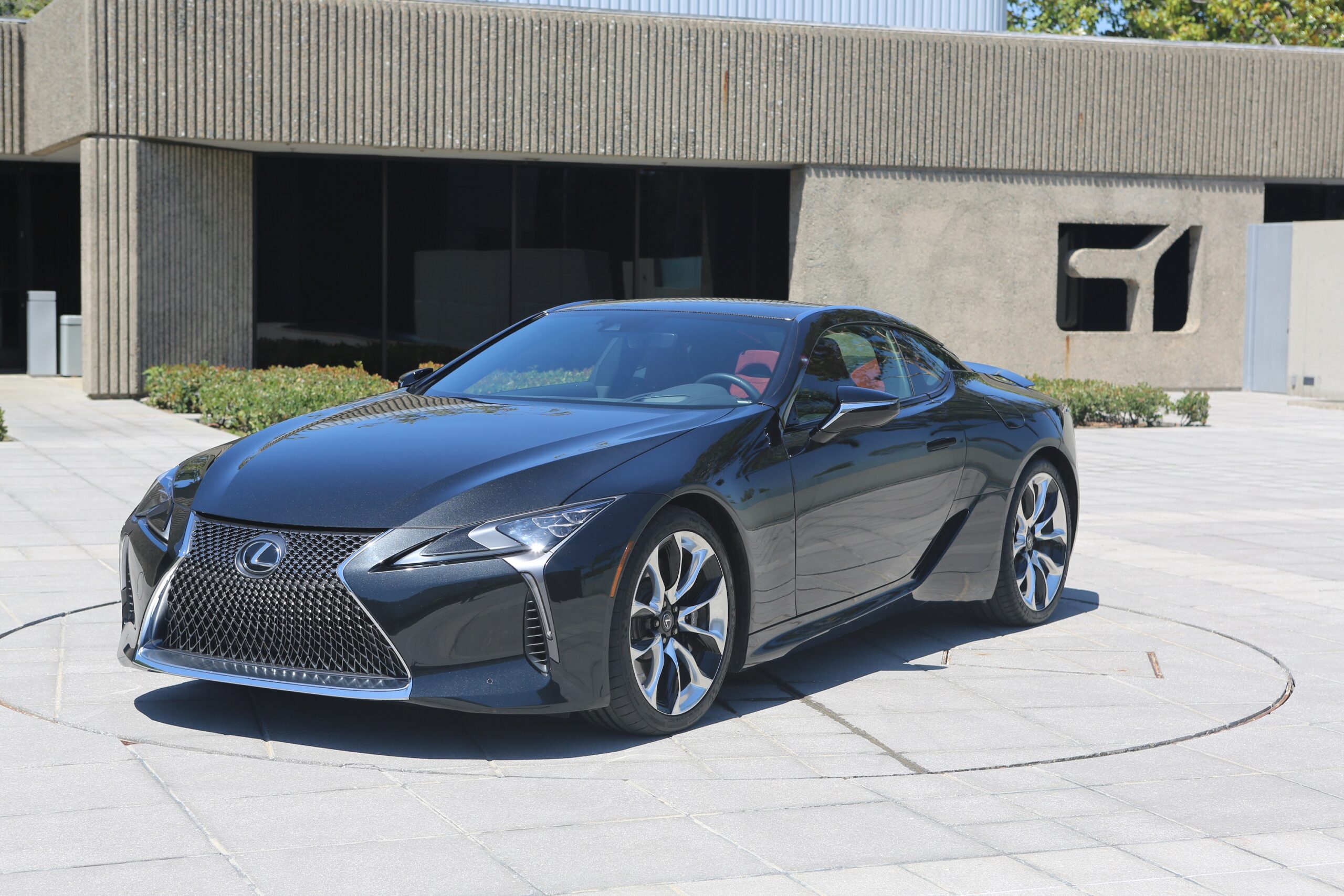
Maybe it’s because I’ve been both a very public and relentless critic of their signature spindle grille. Maybe it’s because they’re getting ready to launch their LC500 super-premium sports coupe. Or maybe, just maybe it’s because they respect what’s written on this site (hey, anything’s possible).
Whatever the reason, when Lexus sent me an invitation to visit their very prolific and very secretive CALTY Design Research Center in Newport Beach, California, I knew I had to find a way to squeeze it into my schedule. After all, it’s a rare occurrence that a journalist gets past the front desk and into the studios where most Toyota and Lexus concept cars are designed and developed.
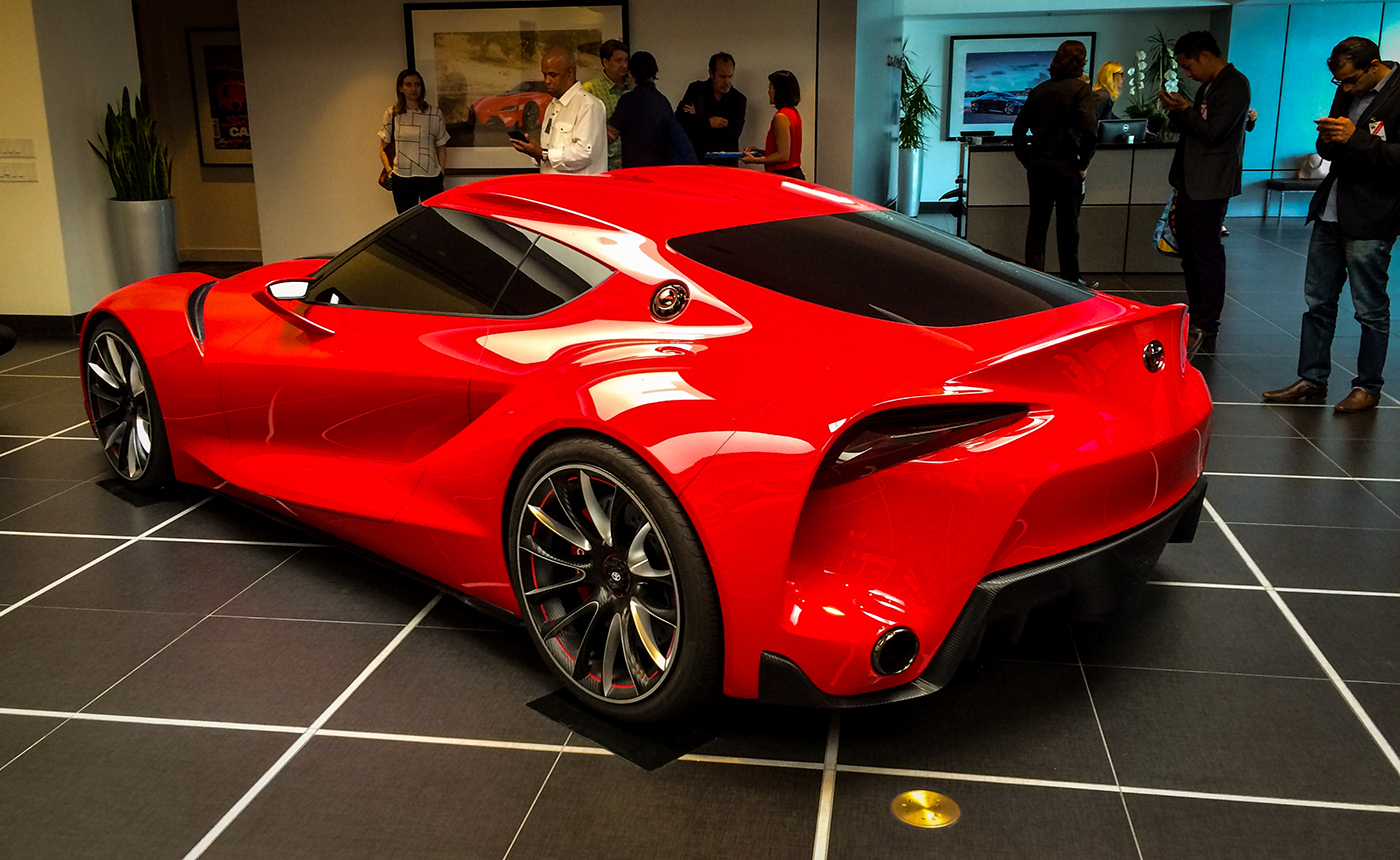
First, a little history. Back in 1973, Toyota was gaining momentum and saw the promise the American market held for their company. Knowing that it would be hard to capture the hearts and minds of American drivers from across the Pacific, they opened the first automotive design center in the epicenter of the automotive universe, Southern California. The home of Jan and Dean, hot-rodding, the convertible and cruising would now be the home of Toyota’s leading designers and play a significant role in the company’s growth to its position of global dominance.
Some of the most iconic production cars from Toyota and Lexus’ past 40 years wouldn’t exist – or would at least be very different – were it not for CALTY. The Celica, Tacoma, SC400, FJ Cruiser, Prius, RAV4 and so many others were born there. Calty has also, not surprisingly, been the hub of the company’s concept work producing the FT1, HPX, and LF-LC that has in just four years been transformed into the production ready LC500 which I got a closer look at during my visit.
The LC500 was announced at the Detroit Auto Sh… sorry, North American International Auto Show in Detroit and is Lexus’ new flagship coupe. Lexus Chairman Akio Toyoda introduced it, saying that he wanted to make sure “the words boring and Lexus never show up in the same sentence again.” Having seen it up close, sat in the driver’s seat and heard its 5.0 L V8 roar, I can assure you that this Lexus is anything but boring.
What began life as a design study is now ready for the road. How did it get here? That’s what I was interested in learning as I toured Calty, talked to designers, modelers and CALTY’s president, Kevin Hunter. A designer by trade and graduate of Detroit’s very fine College for Creative Studies, Mr. Hunter told me “CALTY’s role is to infuse all Toyota and Lexus products with the art of automotive design.”

This process begins with inspiration and the environment at CALTY is a big part of that. The building is situated in a suburban enclave, surrounded by gardens and plants creative a very serene setting. Inside, the space is open and bright and filled with artwork created by the center’s designers. In the lobby were intricate clay models that had nothing to do with cars. Inspiration can come from anywhere. As proof, designer Ben Chang talked about how the curl of a leaf provided the inspiration for the LF-LCs interior defining the contours of the center console, door panel and dash.
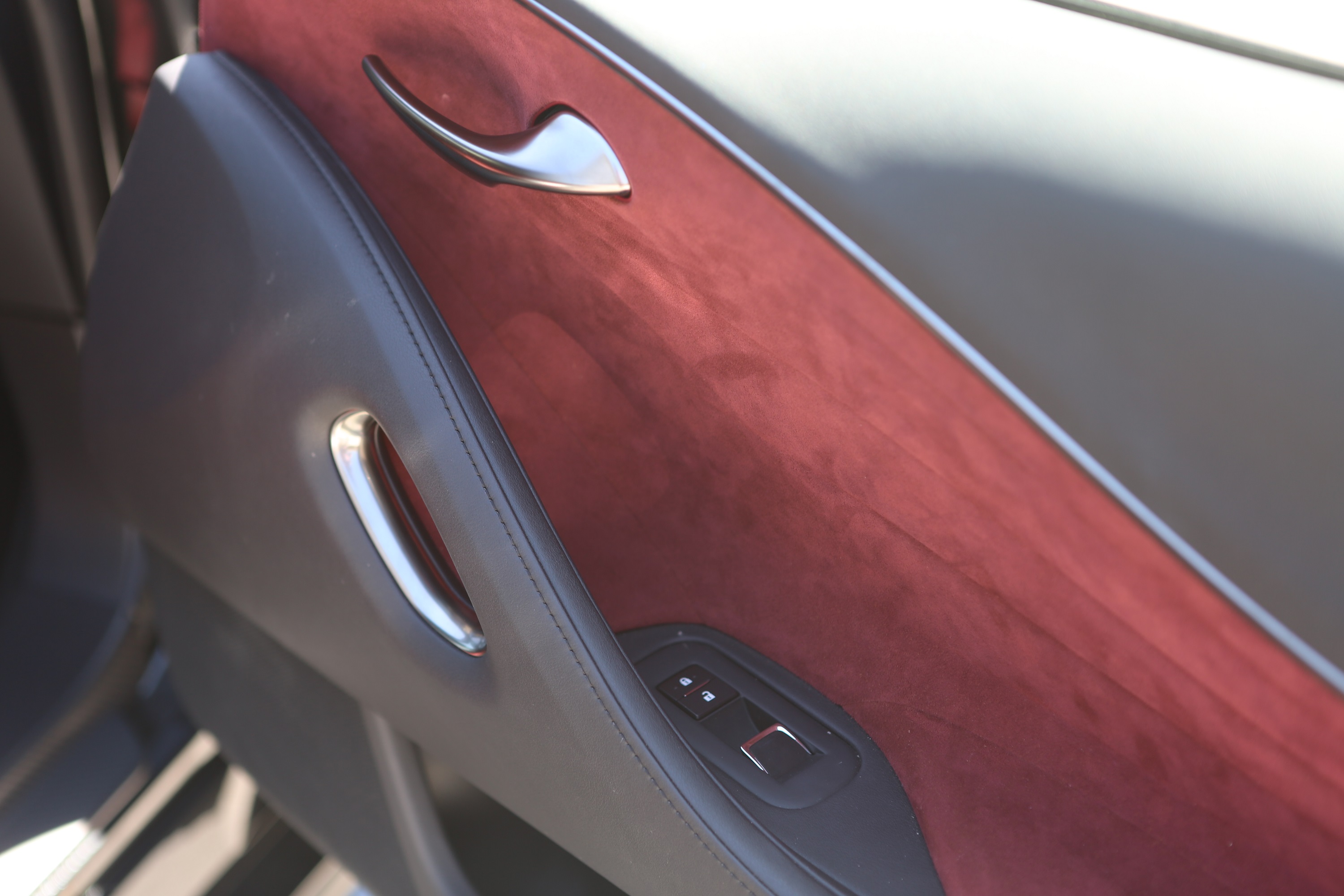
Inspiration starts to become real through the sketching process and we were invited to try our hand at penning a car ourselves in a guided exercise. Creating the simple pen strokes and flowing lines was not as easy as Lexus designers made it look. Creating new and innovative designs means drawing thousands of cars and trying each time to push things a little further.
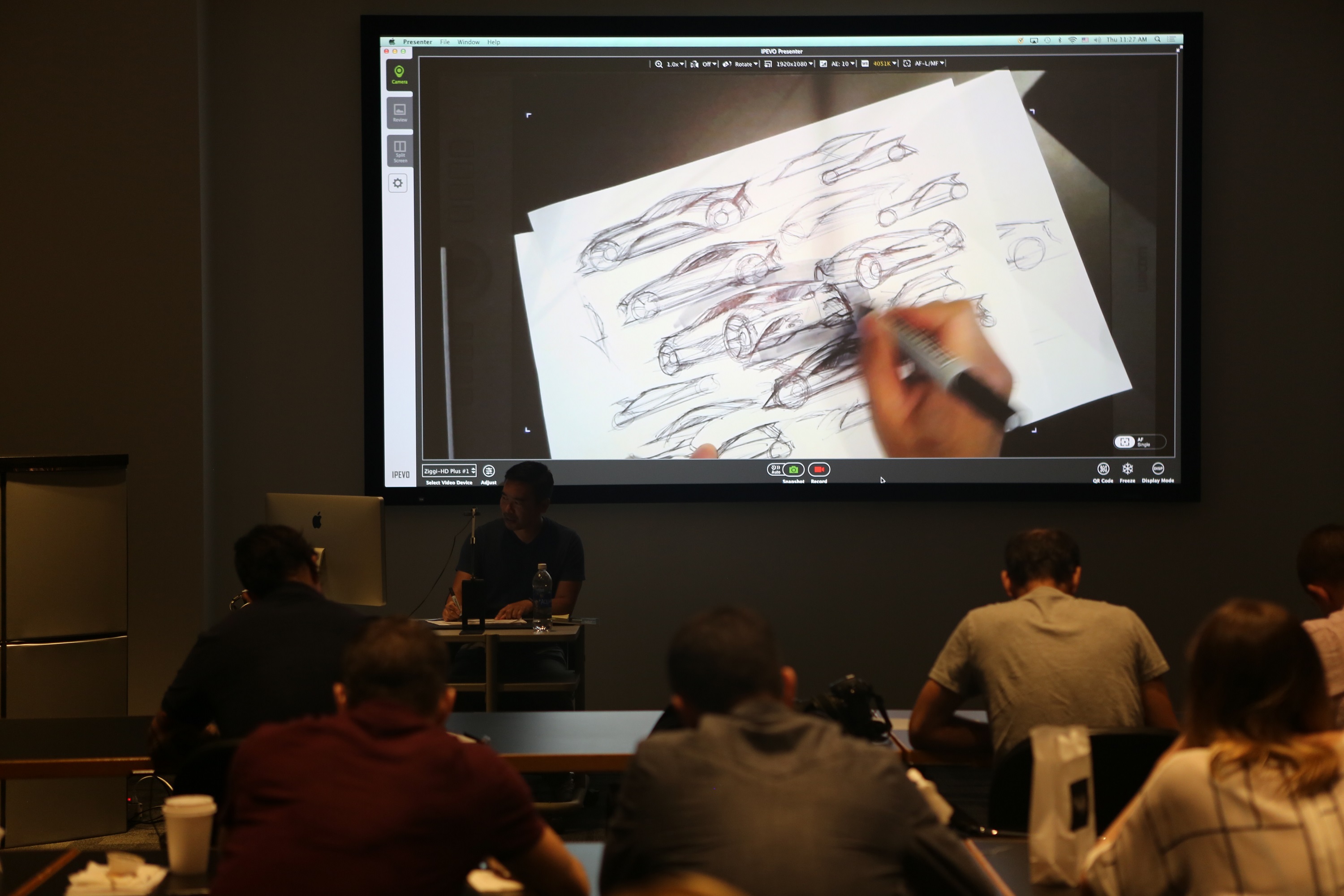
From sketches, the design team selects their favorites to develop even further. This is where Computer Aided Design (CAD) systems come into play. Sketches are digitized and used as the foundation for computer simulations of the new car. Using advanced technology that looks like it’s right out of a Hollywood animation studio, we watched as a technician demonstrated how they could simulate every surface and every system in a car, projecting it life size on a wall for all to review. Doing this helps the team make some initial decisions, but nothing is truly real until the modelers start work.
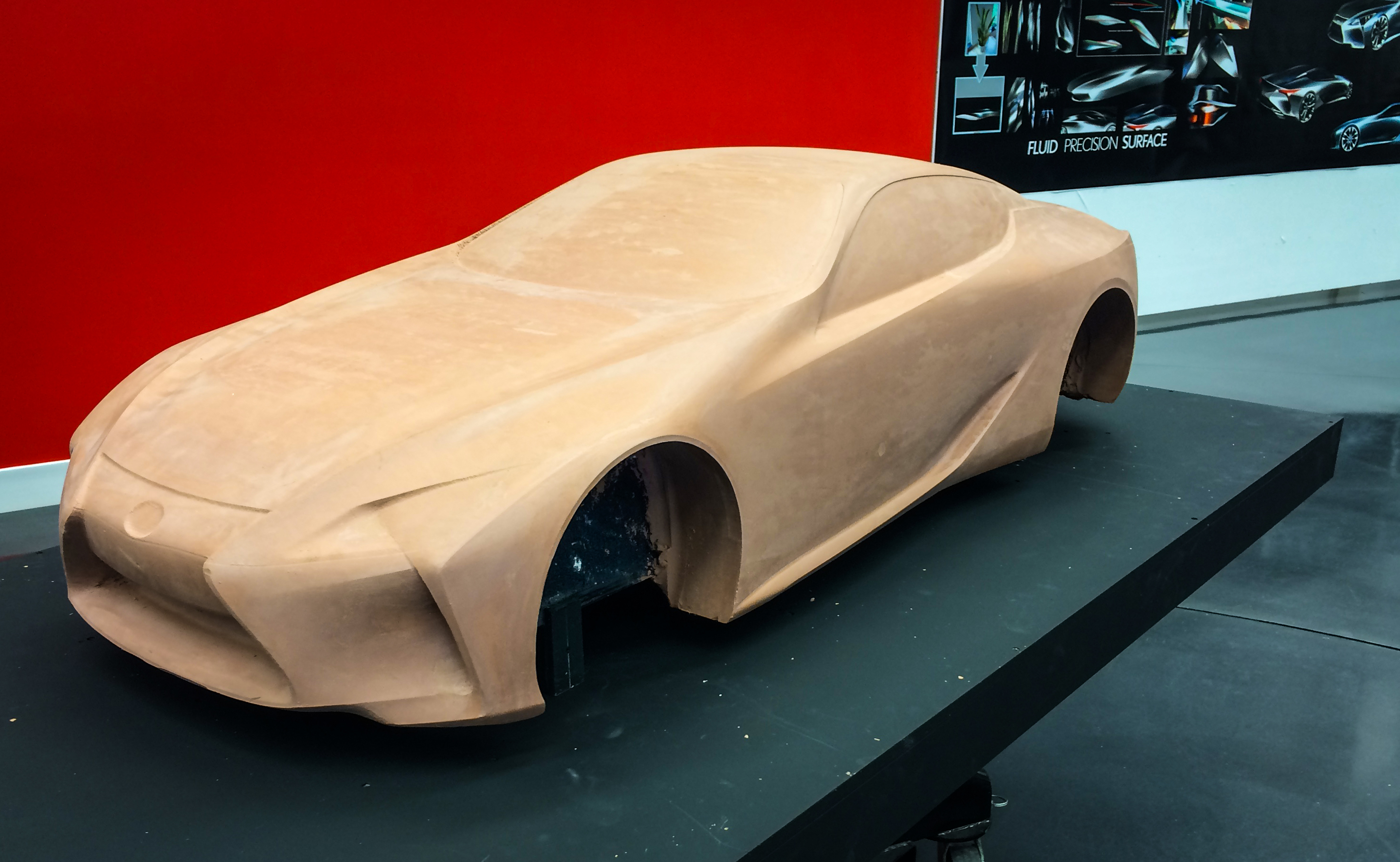
Eventually every design is modeled in clay, a process that was first used in 1928 at Briggs Manufacturing, my great-grandfather’s company, when designers Hugo Pfau and Roland Stickney modeled the Graham-Paige coupe design in order to sell it to the automaker. The process is very much unchanged today. Clay artists develop cars in small scale first, working up to full-size models as refinements are made. While a lot of work can be done on the computer, seeing the design in real life makes all the difference.
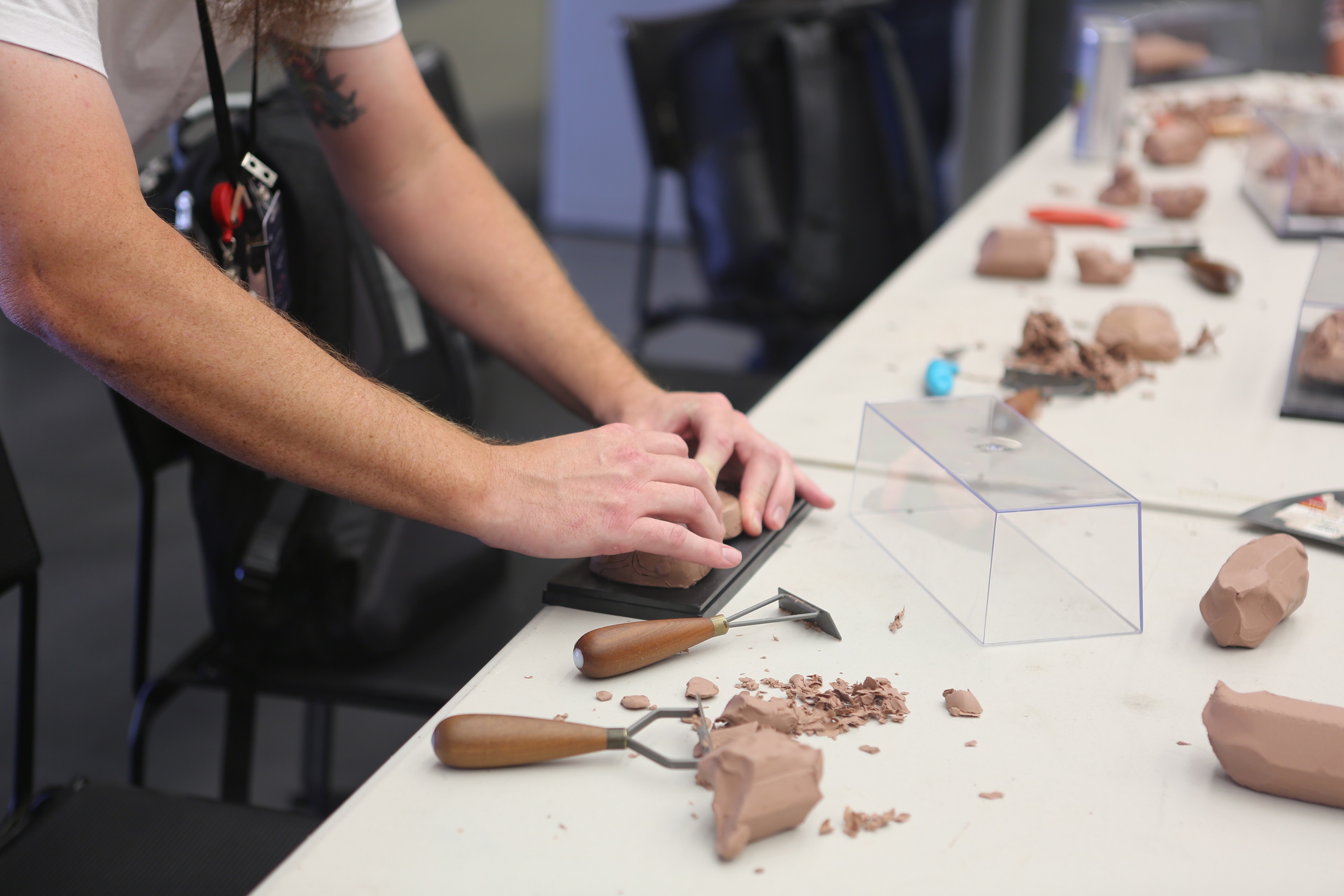
The other journalists on hand and I got to take our turn at modeling a design of our own. Starting with our sketches we were challenged to create a car from a block of clay using the tools their artists employ. Again, for someone like me whose artistic talents barely include the ability to draw a straight line, this was a challenge. A fun challenge, but a challenge nevertheless. The result was predictable, a trite sports car design that looks something like the cross between a Triumph TR7 and a Pinewood Derby car.
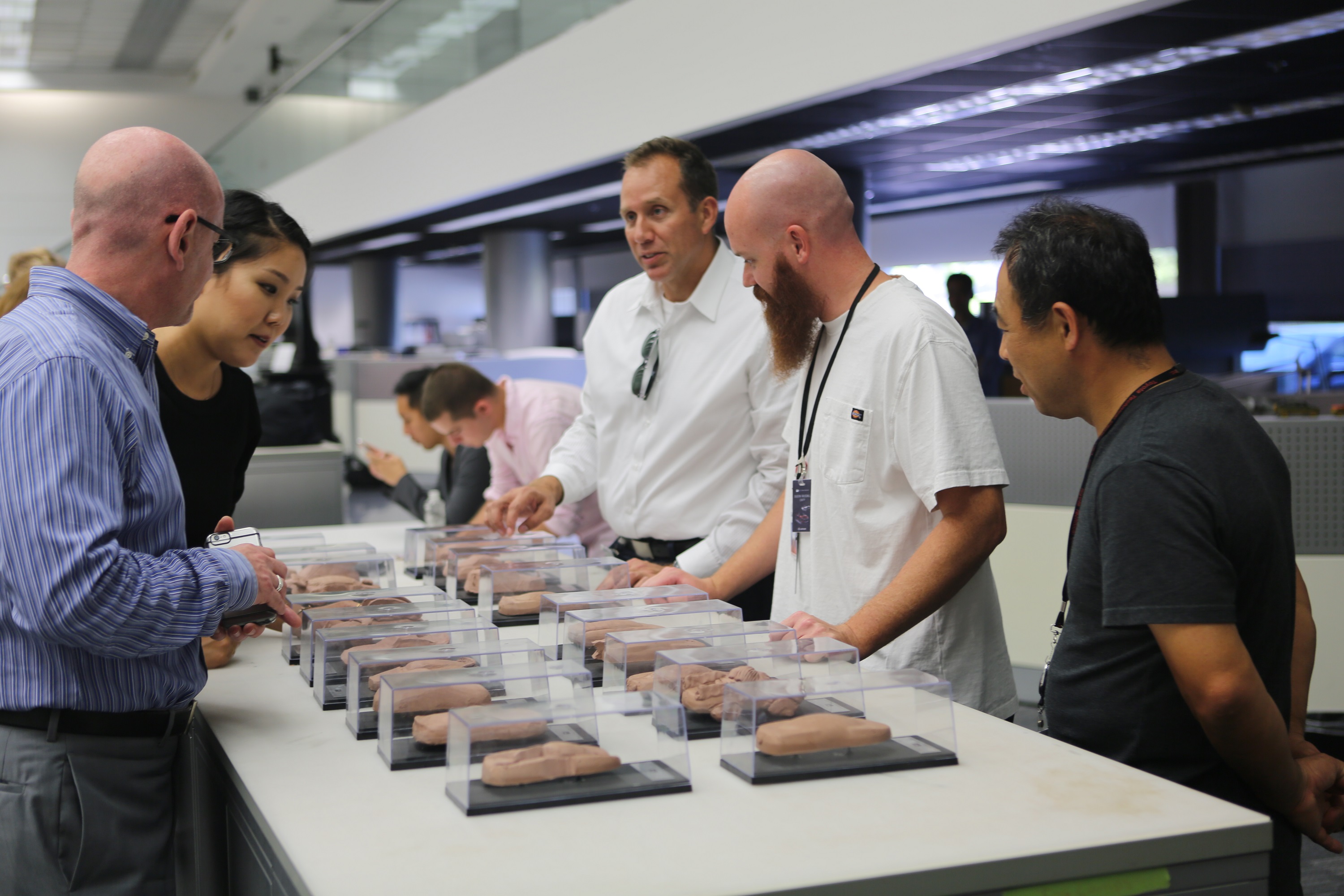
The day ended with another design presentation, this one focusing not on cars, but on fashion. Lexus –long a supporter of New York Fashion Week and sponsor of one of my guilty pleasures, the reality TV show Project Runway – has partnered with desinger Zang Toi to develop the outfits presenters and product specialists will wear in the Lexus stand at the Auto Shows this year. While we didn’t get to see them (they will be debuted this weekend at the Miami Auto show) Mr. Toi did share a few looks from one of his collections and explained his designs, “would be an interpretation of the Lexus brand and that was inspired by blacks, whites, silvers and the letter L.”
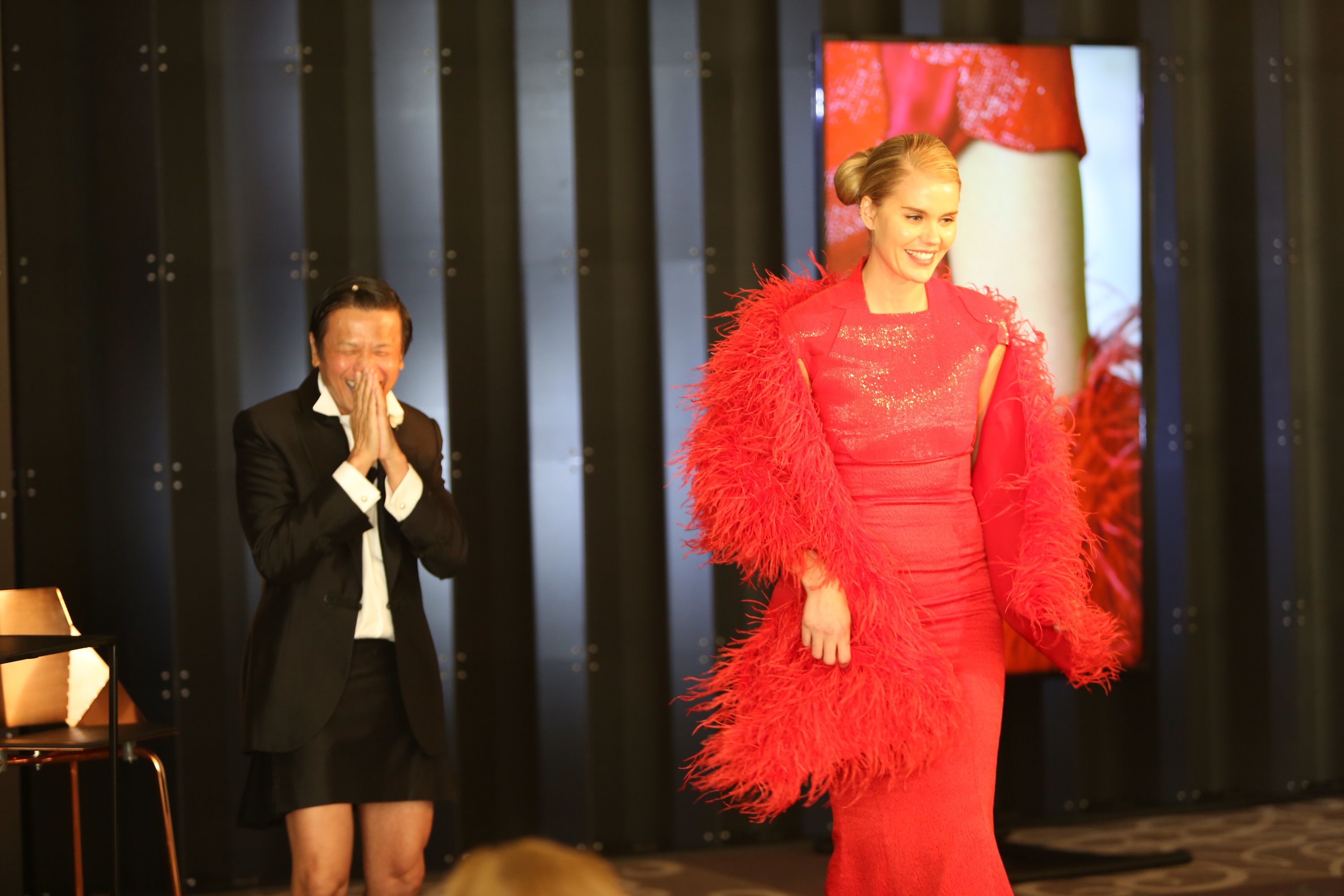
It was great to get a look at the process of car design. And, while I may not be a fan of everything Lexus does, I have always had a great deal of respect for the talent, passion, late nights and hard work that goes into designing a new car. After meeting the team at CALTY, that respect is even deeper.
While the manufacturer paid the travel expenses for this story, the opinions and recommendations in this post are 100% ours.

